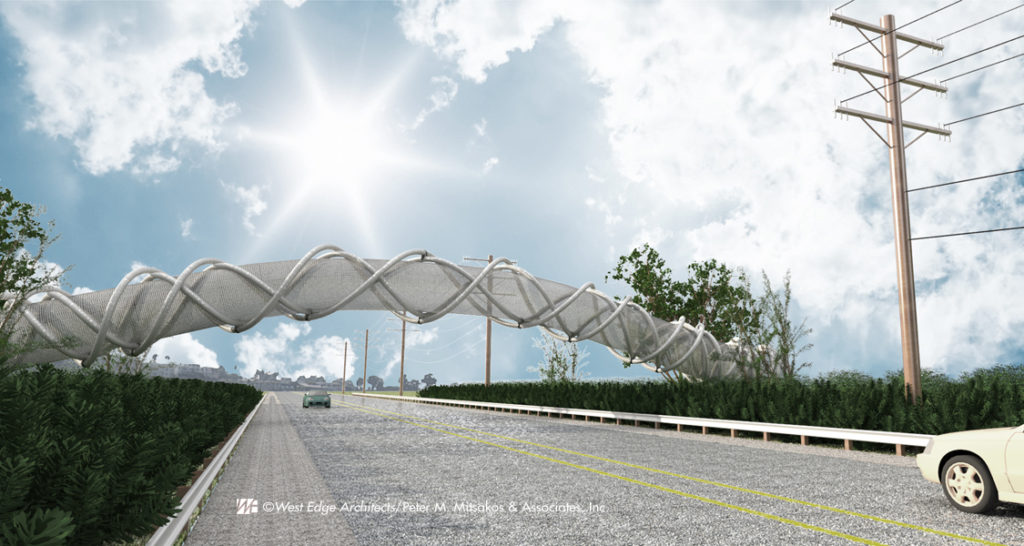We hope to engage the community of concerned individuals and groups, many of whom have vital expertise and background knowledge, to improve safety for the animals, and improve the health of the habitat, by establishing safe pathways of travel.
 The maintenance of wildlife corridors has emerged as an important planning criteria for our cities, especially in a city like Los Angeles, which has an extensive interface with areas of wilderness and zones of open space that accommodate the movement of animals. A number of interventions over the years have compromised the condition of the wetlands at the mouth of the Ballona Creek. There have been recent efforts, with some success, at restoring sections of the wetland area.
The maintenance of wildlife corridors has emerged as an important planning criteria for our cities, especially in a city like Los Angeles, which has an extensive interface with areas of wilderness and zones of open space that accommodate the movement of animals. A number of interventions over the years have compromised the condition of the wetlands at the mouth of the Ballona Creek. There have been recent efforts, with some success, at restoring sections of the wetland area.
Our interest is in further improving the condition. We, at West Edge Architects, recognize that the wetland area is part of a larger network of spaces that remain undeveloped or exist on the fringe of development. In the case of the Ballona Creek itself, it is a highly altered natural feature that includes natural ranges of a number of animal species, but imperfectly facilitates the animals movement across that range. An ongoing challenge to the safety of the inhabiting fauna is the traversing of the wetlands by on-grade roadways. These present a significant hazard for the animals (and to a lesser extent, the motorists) moving through the area every day.
We are hoping to engage the community of concerned individuals and groups, many of whom have vital expertise and background knowledge, to improve safety for the animals and improve the health of the habitat by establishing safe pathways of travel across a wider geographic area.
Our proposal is to create a “critter”-friendly bridge to cross the roadways. Likely, there needs to be a number of crossing points and a means to keep the animals from wondering onto the roadways between those points. In some cases the roadways are elevated high enough above the base level of the wetland (and the water table) to allow an underpass below the roadway to be the crossing. Other locations would either require a bridge for the animals or for the vehicle. We propose that a bridge for the animals would be less expensive in these cases.
The bridge structure would be made up of two pair of helically shaped steel tubes that coil across the span in opposite directions. Each individual tube of each pair would coil out at a different frequency from the other, splaying out to support a stainless steel wire mesh that forms the surface structure across the span. Depending on lighting conditions and the angle at which one views the bridge, the wire mesh would be at times translucent or nearly transparent.
We are making this proposal to start a conversation, gather information, better define the goal, adjust our ideas and evolve the best answer to the best question. If you know something about critters or the wetlands, or if you like our idea and want to be part of the conversation, please let us hear from you.
